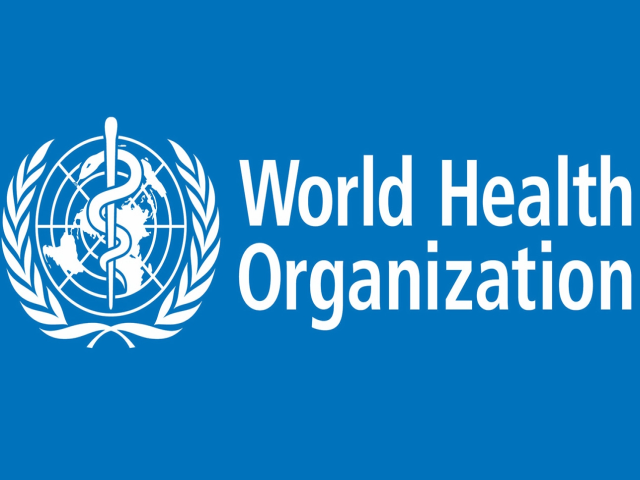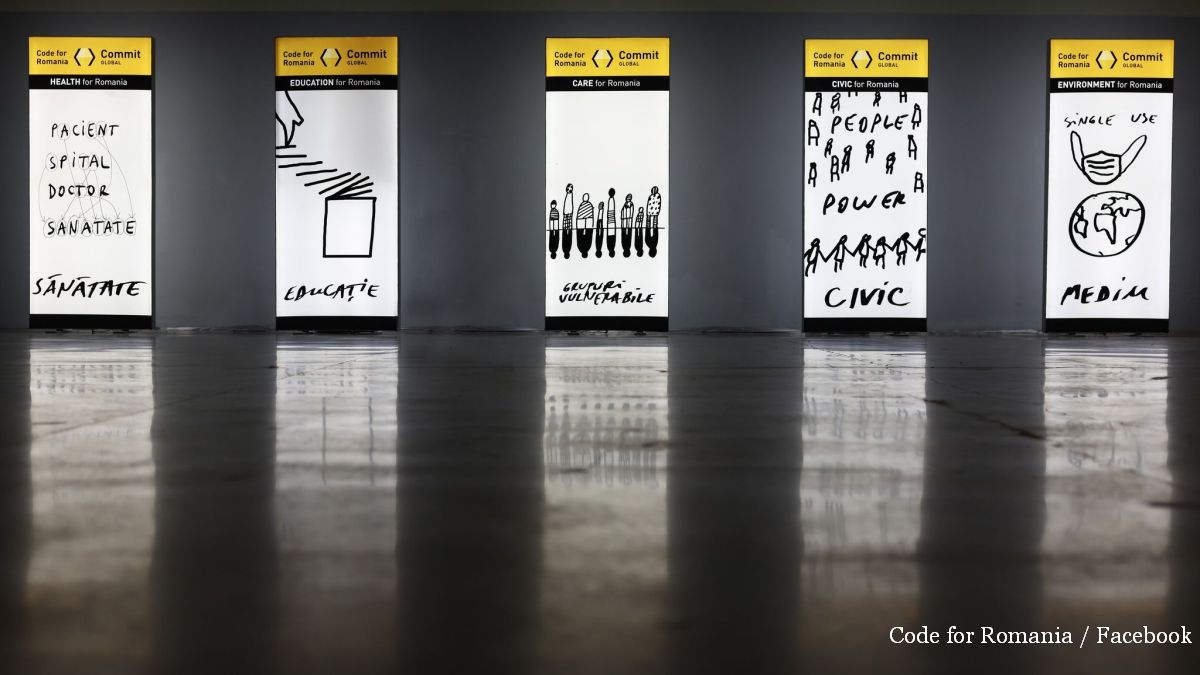Worrying Statistics from the World Health Organization

România Internațional, 15.08.2014, 14:37
Estimates are sobering: a 70% rise before 2035, from 14.1 million in 2012 to 24 million. According to the document, two types of cancer are the worst: the type caused by infections, such as HPV, especially in poor countries with poor access to testing for the disease, and those caused by lifestyle. The document stresses the importance of healthy living, key recommendations being less smoking and alcohol, and a diversified diet with more fruit and vegetables as opposed to processed foods.
The list also includes physical exercise, avoiding long exposure to the sun and avoiding carcinogenic substances. Scientists believe that following these guidelines could prevent at least half of all cases. The rest of cases are due to unavoidable environmental factors such as radiation, infections and pollution. Women over 25 years of age should have periodic HPV screenings, those over 50 should have a periodic mammogram screening, while men and women over 50 should have periodic screenings for colon cancer.
The agency in charge of cancer research with the WHO put out a recommendation for governments to issue stronger controls over the consumption of alcohol and sugar, such as restrictions on advertising. Statistics show that cancer is the second leading cause of death in the EU, in spite of progress made over the years. In 2012 alone, 2.8 million new cancer cases were reported in Europe, with roughly equal numbers among men and women.
That same year, 707,000 men and 555,000 women died of the disease. For men, the most frequent form is prostate cancer, while for women breast cancer is the worst. Next in line are lung and colon cancer. In Romania the annual rate of incidence is 78,000 new cases, with a mortality rate of 50,000. The official strategy in Romania is prevention targeted at risk factors, according to Health Ministry adviser Cristina Vladu:
“The plan for prevention as a strategy starts with primary prevention, beginning with small children — exercise, healthy eating, prevention of risk factors. Then there is secondary prevention, with emphasis on screening for the three types of cancer recognized at a European level, uterine, breast and colon cancer, followed by treatment. The Health Ministry has evaluated the list, and now we need resources to move forward.”
In Romania, the most frequent type is lung cancer, followed by colon, breast, prostate and uterine cancer. The Health Ministry is negotiating a loan with the WHO to provide radiotherapy machinery. The head of the Cancer Patients’ Association, Cezar Irimia, told us that patients in Romania right now have to wait between a few weeks and a few months for treatment.
“Right now, besides gaps in the availability of medication, there is an acute lack of radiotherapy equipment, as well as psychological counseling for patients. For cancer patients, time is of utmost importance. At global level, hundreds of studies are being run for discovering new treatments for the roughly 200 cancer types, in order to make them more efficient and patient-oriented, the so-called customized treatments. We need to update the list of subsidized medication more often in order to offer Romanian patients the right to latest generation treatment, which is actually their right to life.”
Romanian health authorities are considering screenings for the prevention of colon, breast and uterine cancer. This measure comes in response to the latest cancer report at world level, which indicates that cancer will not be soon cured, and that the emphasis should fall on prevention. It is estimated that even the richest of countries will have a hard time coping with the costs of treating patients, while poorer countries, expected to see the highest rise in incidence, have no way of living up to the challenge.






























